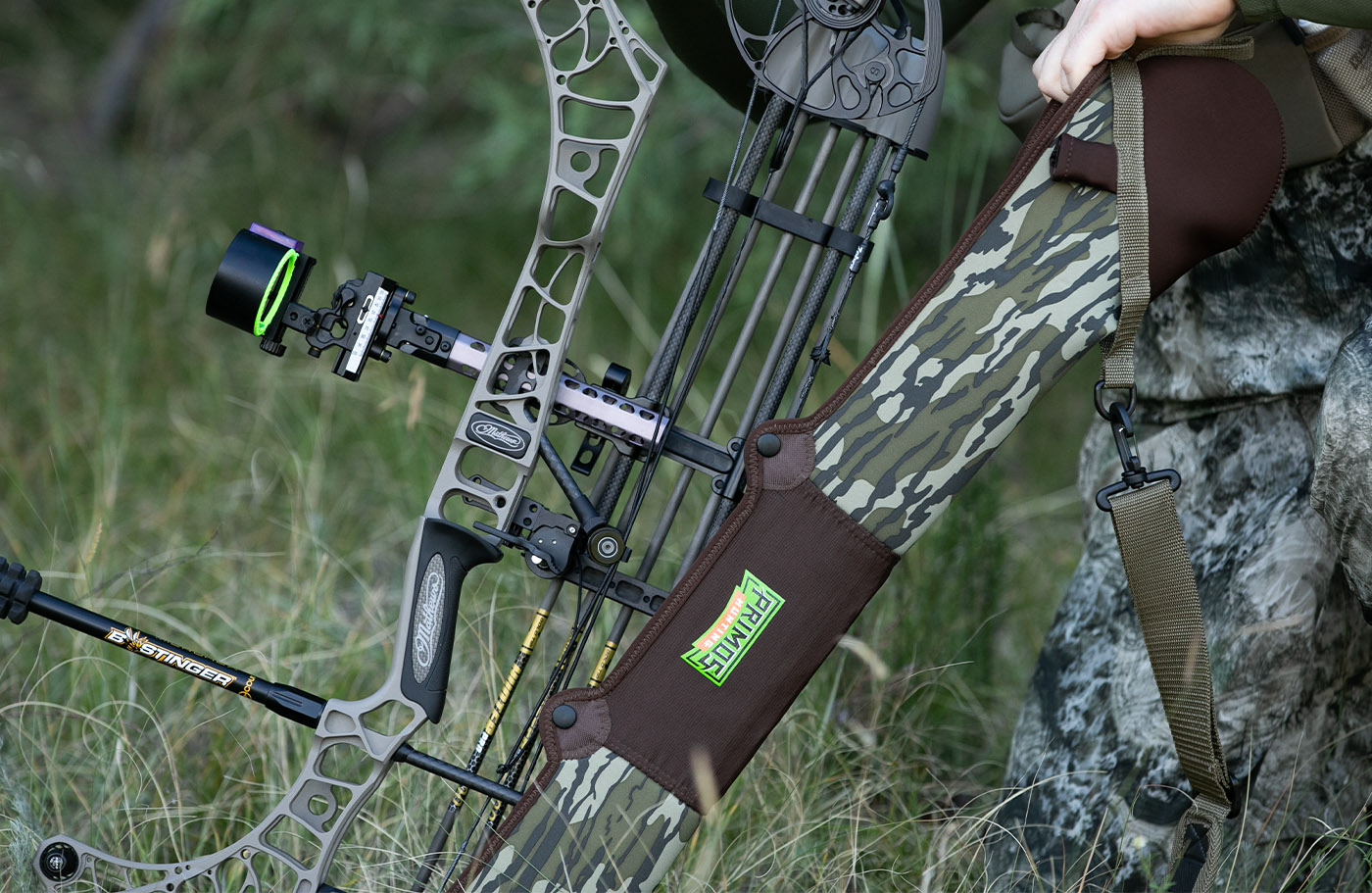Just how to Pick the Right Bow Stabilizer: Professional Tips and Suggestions
Just how to Pick the Right Bow Stabilizer: Professional Tips and Suggestions
Blog Article
Optimize Your Archery Precision With These Bow Stabilizer Methods
One critical aspect that can dramatically impact your efficiency is the proper use of bow stabilizers. Whether you are a seasoned archer looking to improve your skills or a beginner eager to improve your accuracy, grasping these bow stabilizer strategies might be the trick to striking your mark with exceptional uniformity.
Advantages of Using Bow Stabilizers
Making use of bow stabilizers can substantially boost an archer's precision and total performance by reducing bow torque and vibration. Bow torque, triggered by the unequal circulation of weight in the bow, can bring about disparities in shot positioning. By affixing a bow stabilizer, the weight is redistributed, reducing the impacts of torque and aiding the archer attain an extra regular shot. In addition, bow stabilizers wet vibration, which not just improves the comfort of capturing however likewise prevents the bow from leaping upon launch, hence assisting in maintaining appropriate objective.
In addition, bow stabilizers can aid in holding the bow steady, particularly throughout windy conditions or when firing from longer ranges. The added weight at the front of the bow offers security and balance, allowing the archer to concentrate on intending without the distraction of bow movement. On the whole, the benefits of making use of bow stabilizers expand past just accuracy, boosting the archer's experience and performance in different shooting situations.
Selecting the Right Bow Stabilizer
Choosing the ideal bow stabilizer is critical for enhancing your archery tools and boosting shooting efficiency. Heavier stabilizers can help reduce bow torque and take in more vibration, leading to a steadier goal.

Lastly, consider the layout of the stabilizer. Some stabilizers come with flexible weights or dampeners that enable you to personalize the equilibrium and feeling of your bow. Eventually, selecting the best bow stabilizer involves discovering an equilibrium between weight, product, layout, and size to improve your capturing precision and overall efficiency.
Correct Installation Strategies
To guarantee ideal performance and safety in archery, understanding appropriate installment strategies for your bow stabilizer is vital. The first step in mounting a bow stabilizer image source is to determine the proper you can find out more positioning on your bow. The majority of stabilizers are attached to the front of the riser, below the grip, to help counterbalance the weight of accessories such as quivers and sights. Guarantee that the stabilizer is not interfering with various other elements or preventing your shooting kind.
Next, firmly attach the stabilizer to the bow making use of the appropriate installing hardware. Some stabilizers come with flexible weights that can be included or eliminated to make improvements the balance of your bow.

Changing Stabilizer Weight and Length
After ensuring the correct installment of your bow stabilizer, the next action involves readjusting the weight and length to optimize its efficiency in enhancing archery precision. The weight of the stabilizer plays an essential role in reducing bow motion during the shot cycle. Including weight to the stabilizer can help boost and wet resonances stability, resulting in more accurate and consistent shots. On the other hand, reducing the weight can enhance ability to move, which is valuable for circumstances requiring quick target procurement.
A longer stabilizer can supply better security by raising the range in click for more between the bow and the weight at the end of the stabilizer. Conversely, a much shorter stabilizer provides more ability to move and might be chosen by archers who value agility and quick motions throughout shooting.
Advanced Stabilizer Tuning Tips
Accomplishing optimum bow stability and precision in archery demands a nuanced approach to advanced stabilizer tuning. Advanced stabilizer tuning includes fine-tuning different components to improve the bow's balance, minimize resonance, and enhance general accuracy.
One more essential element of innovative stabilizer adjusting is enhancing the damping properties of the stabilizer system. Checking out various materials for the stabilizer building, such as carbon fiber or light weight aluminum, can also affect the bow's performance by altering its weight circulation and stiffness.
Verdict
In final thought, taking full advantage of archery accuracy can be achieved with the proper option, installation, and modification of bow stabilizers. On the whole, including bow stabilizers into archery practice can lead to improved performance and raised precision.
Utilizing bow stabilizers can dramatically improve an archer's precision and total efficiency by decreasing bow torque and vibration. Longer stabilizers supply better stability and balance, especially for long-distance shooting, while shorter stabilizers supply even more versatility and are less complicated to navigate in limited rooms (bow stabilizer). Carbon fiber stabilizers are light-weight and durable, while aluminum stabilizers are durable and offer outstanding vibration wetting
A longer stabilizer can offer better stability by enhancing the distance in between the bow and the weight at the end of the stabilizer.One more important facet of advanced stabilizer tuning is optimizing the damping properties of the stabilizer system.
Report this page